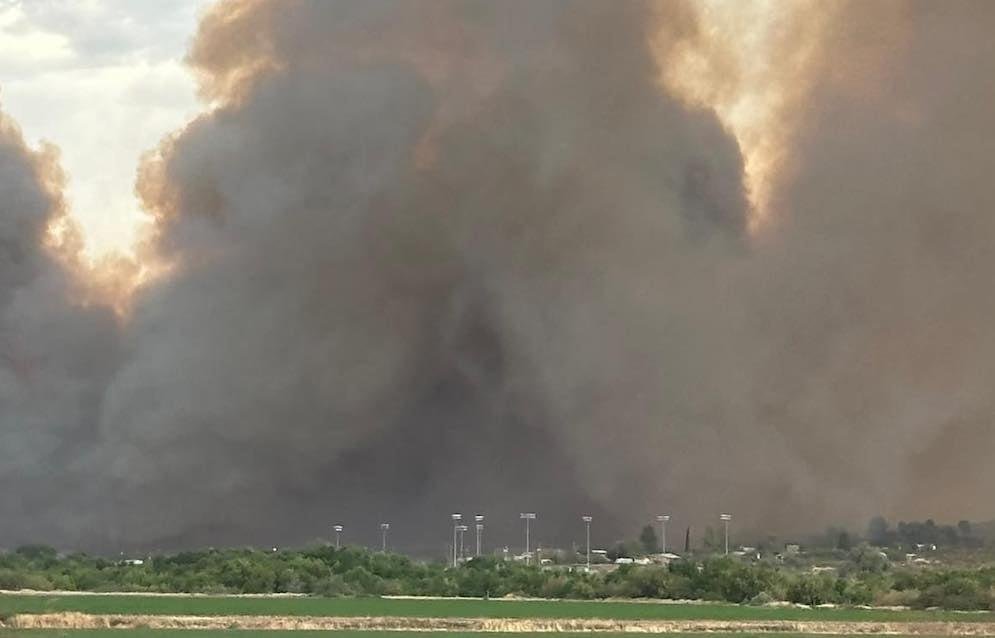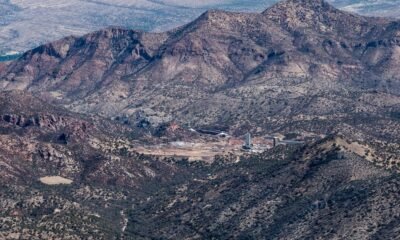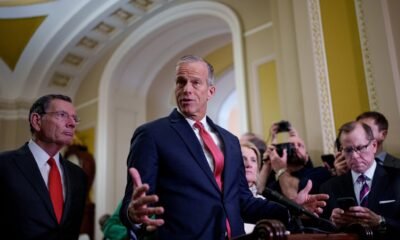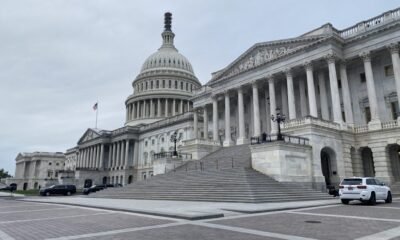Business
As Wildfires Rage, Firefighters Sound Alarm on U.S. Forest Service Resource Shortages

On July 18, federal wildfire management officials declared the nation at Preparedness Level 5, a term signaling extreme alert akin to “fire DEFCON.” This designation indicates that available wildland firefighting resources are critically low, with supervisors hesitant to allocate crews for external assistance. It marks only the fourth occurrence of such a designation occurring early in the fire season over the last two decades. To date, wildfires have scorched more than 5 million acres across the country, representing a threefold increase from the previous year, with several months of fire activity still ahead.
Nine days later, the U.S. Forest Service, America’s largest wildfire-fighting agency with a workforce of over 11,000, announced it had surpassed its hiring goal for 2024. However, frontline firefighters express skepticism about these claims, suggesting they may not accurately reflect the dire personnel shortages on the ground.
Difficulty in obtaining exact personnel figures persists. Data from a Bureau of Land Management dispatcher indicates that as of July 26, a staggering 2,417 requests for essential firefighting resources remained unfulfilled nationwide. This gap spanned requests to federal agencies, state bodies, and private organizations. Alarmingly, the dispatcher highlighted a critical shortage of experienced firefighters, indicating particular deficiencies in middle- and upper-level operational capabilities.
Eric Franta, a union steward stationed at a Forest Service helicopter airbase in Oregon, reported that his unit was operating at only 75% capacity. “We’re not able to fill any crews,” lamented another Forest Service firefighter from the same state. Similar staffing concerns are echoed among firefighters in California.
Data obtained indicates that on August 12, 90 out of roughly 270 Forest Service fire engines in California were out of service. Various factors, including mechanical issues and mandatory crew leaves, contribute to this trend, yet firefighters assert that such a rate is unusually high. On that same day, at least one-third of California’s elite Hotshot teams lacked the necessary staffing for intended operations.
Earlier reports highlighted a significant departure of qualified personnel from the wildfire service, with the Forest Service losing 45% of its permanent workforce over the past three years. Low compensation, with base pay equating to roughly $15 an hour, and a challenging federal civil service career trajectory, contribute to this trend. While Congress introduced temporary retention bonuses in 2021, these have yet to become permanent. Additionally, despite emerging recognition of occupational cancer risks, federal guidelines for training new recruits still neglect to address these health hazards.
In response to discrepancies between reported staffing and the realities faced by firefighters, a Forest Service spokesperson acknowledged gaps in critical leadership roles due to experienced personnel departures. Such gaps can lead to operational inefficiencies, they noted.
Last week, the federal government logged 123 new fires across the nation. Many ignited in Idaho’s Boise National Forest, where a Wyoming helicopter crew, including union steward Morgan Thomsen, was deployed. Insufficient firefighting personnel hampered efforts to manage the growing number of blazes. “The new fires are all big now too, but hardly anyone is on them,” he expressed, underscoring the system’s inability to cope. “It depends on the weather and site conditions whether these fires will be put out before they burn down houses. We’re effectively triaging.”


















